Ana Pais Oliveira’s Strange Dwellings
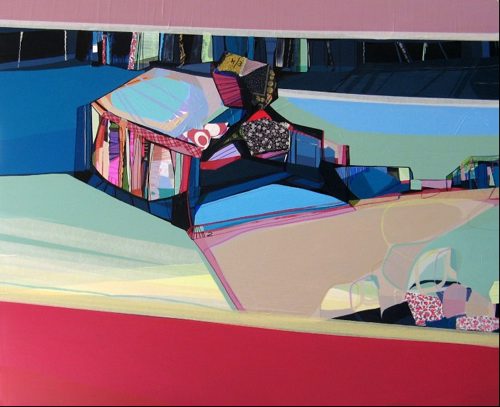
New Strange Place to Live
We fell in love with the woozy, eerie colors of Ana Pais Oliveira’s work immediately. Twenty-eight year old Ana has had a busy year, receiving a bevy of prizes and being a part of the faculty at Oporto University in her native Portugal. Her most recent body of work New strange places to live “reflects about the places where we live, the spaces we inhabit, occupy or pass by, and also the ones that we don’t really know but usually live in our imaginary. Our houses, streets and predilection places are part of our identity. An effective change of place involves the creation of a new individual and collective identity.” Ana Pais Oliveira answered some of our questions, published below.
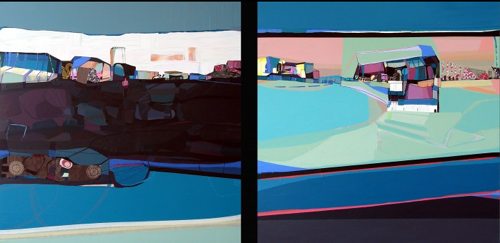
Uninhabitable #7
Tell us a little bit about yourself
I was born in Sandim, Vila Nova de Gaia (Portugal) and actually live in Arcozelo, Vila Nova de Gaia. I started painting when I was 15 years old. Since my first day in that painting school I had no doubts about what I wanted to do in my life. I went to Fine-Arts Faculty of Oporto University to study Painting and when I finished my degree I started searching every opportunity I could have to commence my career, participating in painting competitions, showing my portfolio, working every day. Today I feel that it’s a great privilege to me to do what I like and always wanted and, in fact, live with that. It is my profession and, despite all its incertitude, regarding future achievements, I keep myself motivated and with well-defined purposes.
Besides painting I have another passion and occupation in my life: dance. I must admit that it is, to me, the perfect shelter to the hours that I spend alone in my studio, painting. It is the social and physical part of my life, keeps me healthy and balanced. And it’s another way to express myself artistically. When I dance my mind is necessarily occupied with different thoughts, or unoccupied with the same daily thoughts regarding the critical thinking about my work. When I get back to work, my mind is cleaner.
I did competitive dancing for 8 years (Ballroom and Latin dances) and opened, with my husband, a dance academy, where I teach. Nowadays I think I found the perfect balance between my profession and this activity.
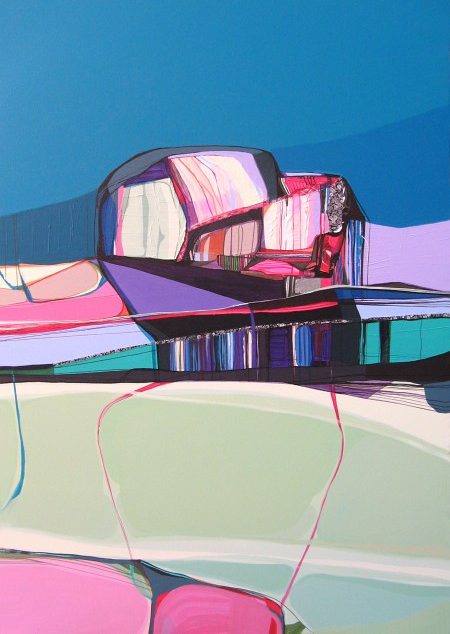
The best of all the journey was the time that went slowly #3
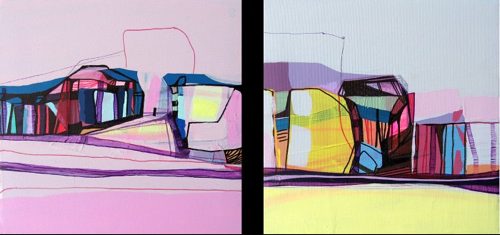
A moment's sleep #2
What constitutes a typical day for you?
When I graduated with a painting degree, I thought I should have something stable to do to conciliate with painting. Something to subsist. So I worked in a Fine-Arts store, gave dance and plastic arts classes in primary schools and also with teenage problematic students. Last year was an extraordinary year regarding painting [for me]. I won several prizes, made two individual exhibitions, got invitations, contacts, gave interviews. I realized that I had to dedicate myself to painting even more. So, this year, my typical day is very simple to describe: I paint from 9 am to 6 pm, with an hour to have lunch. I try to be disciplined and fulfill this schedule as if I had a boss there controlling me. From 6 to 8 pm I practice dance and teach dancing during some nights in the week. At weekends I have those dance classes and don’t usually paint. It is an important strategy to reflect about the work I’m doing. When I get to my studio on Monday it is easier to realize what I have to do with that work in progress.
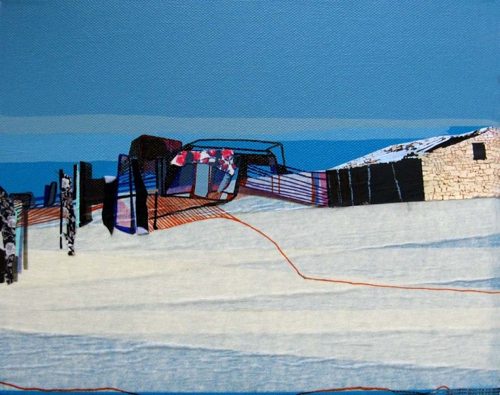
Uninhabitable #4
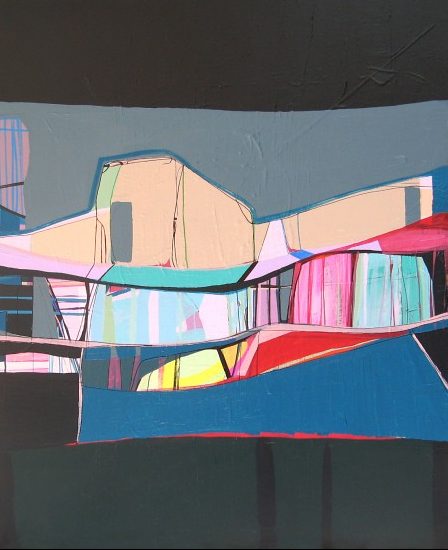
Strange Place
Why have you chosen to work with the theme of strangeness and strange places? Was this an aesthetic choice?
When I did competitive dancing I used to travel a lot to dance competitions, especially in Spain and Germany. I did it by car for 10, 15, 20 hour journeys, passing by strange places or non-places where people never stopped by, where people never lived or stood. Spaces full of nothing, with an impressive vastness and few things to show or tell. Sometimes I saw a strange human construction, uninhabited, with no purpose, only with an aesthetic meaning to me. Those spaces with an expressive and seductive emptiness and strangeness really made me think about the places we inhabit and the ones we don´t. About the several curious places that I met in those travels and that always made me imagine: what if I lived here? Our life is necessarily different according the place we inhabit and, of course, the people we meet.
I started needing those travels to build my imaginary. Never took photos, always trusted in my memories. What I brought to my painting was, in fact, an amalgamation of memories that I thought I had. But even memories may be deceitful. They aren’t simply and objectively what we saw and learned, they are what we remember. And what I remembered always included the aesthetic meaning and importance of spaces that normally mean nothing to people, that aren’t their homes, where they build no memories or life experience. So, what I finally bring with me to my paintings, something that I can transfer and rearrange, doesn’t exist and one cannot write or tell it. However, it is supported in a generally disarranged amalgamation of sudden and inevitable memorizations, which is consequence of the act of seeing without necessarily knowing. I invent what I don’t remember. The consequence is the representation of imaginary and strange places and landscapes. They don´t exist, but you may thing they do, and you may desire to live in them. Briefly, this strangeness I look for in those places is, in fact, an aesthetic choice, where color is the most relevant composition element. I start composing using the colors that remained from those travels, forgetting the particularity and individuality of each place.
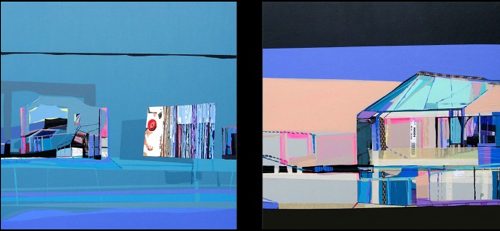
Floating Memory Houses

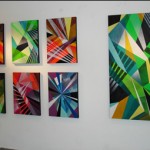
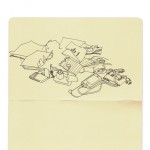

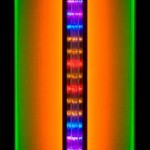



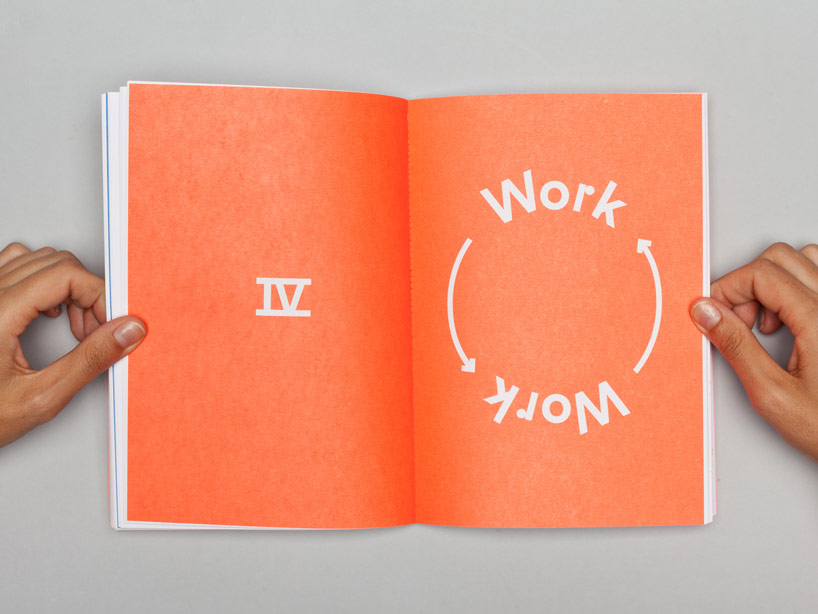


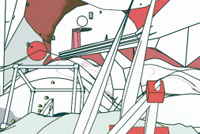
Leave a Reply